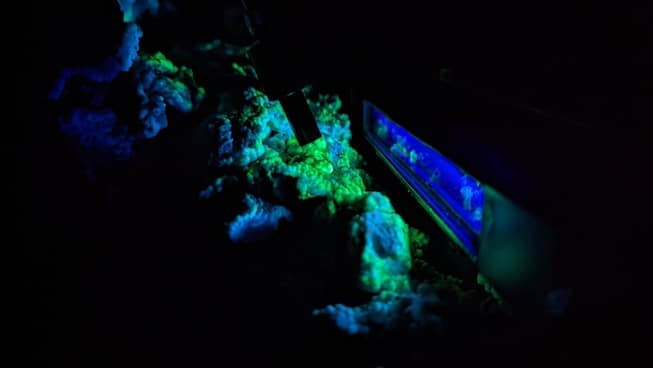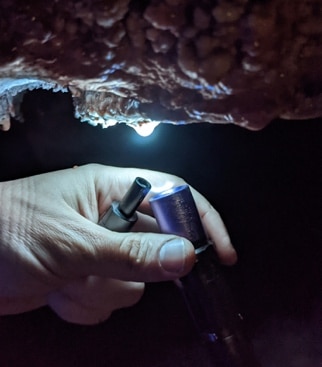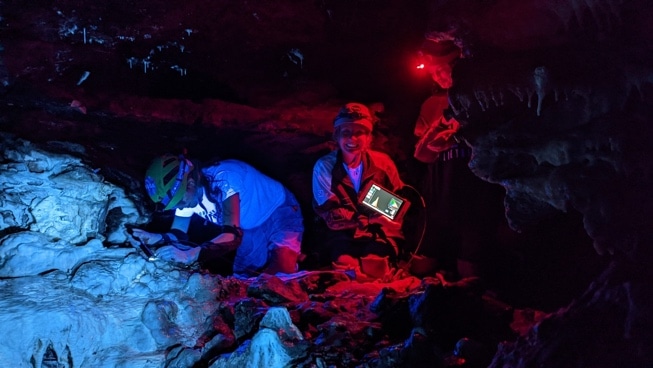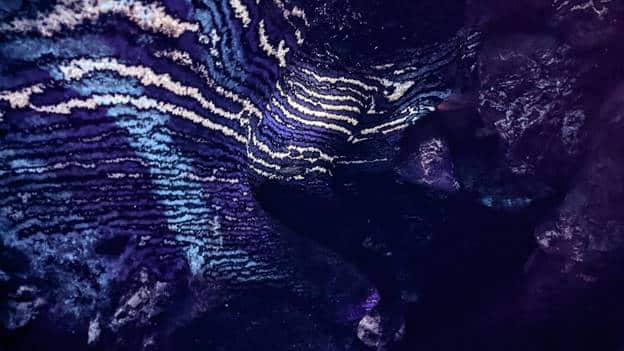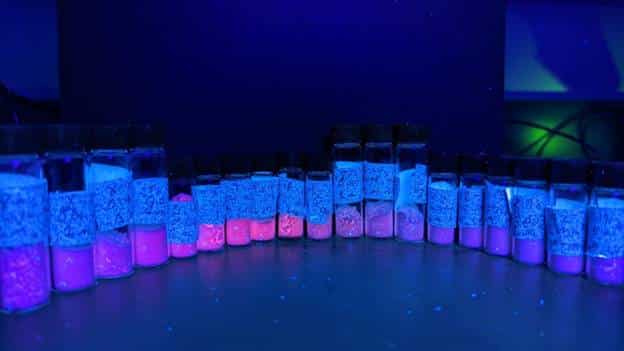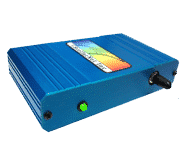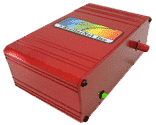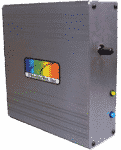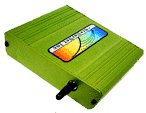The SpectraWizard’s Spectroscopy Application Challenge has now officially ended! Spectroscopists from all over the world competed against each other for a chance to win over $5,000 in StellarCash. Please check out the winning spectroscopy applications below and don’t forget to check out our Back to School Spectrometer Specials available now through the end of September! Thank you to all the contestants, there were a ton of submissions and it was very hard to choose winners. We are all very happy with the turnout and the excitement for spectroscopy!
1st Place: Astrochemical Spectroscopy Underground
Congratulations to Dr. Joshua Sebree and his team from the University of Northern Iowa for their winning spectroscopy application: Astrochemical Spectroscopy Underground.
The question “How do you study the potential for life in space without going to space?” can have many answers from laboratory studies to telescopes to computer models. Within our research group, the answer is “By going underground.” In order to better understand the potential for life elsewhere in the Solar System, it is important to understand the tenacity of life and the extreme limits where it can thrive. Life as we know it requires three dominant items for survival: (1) water, (2) carbon-based material, and (3) an energy source (direct or indirect). By studying life in environments where one (or more) of these needs are limited, comparisons can be drawn between extreme environs on Earth and the potential habitability of similar areas in the Solar System. The subterranean chambers of Earth present an opportunity to study isolated systems that are nutrient-limited as a potential analog to the icy moons of the Solar System.
The use of portable, rugged spectrometers has revolutionized our ability to perform these analog studies in caves. Using our portable fiber optic setup (StellarRAD Handheld Radiometer) we have taken fluorescence spectroscopy to new depths at Wind Cave National Park in South Dakota. Wrapped up safely in our cave bag, we have taken our spectrometer through miles of cave crawling, through gaps as small as 8 inches in our quest for understanding. From the soft greenish-blue of trapped organics in flowstone to the vibrant green of uranium in calcite to the vibrant pinks/purples of manganese, the ability to do in situ analysis of delicate and unique cave features without damaging the cave allows for more science to be completed without the need to break off crystals that make have taken thousands of years to form. When combined with a liquid cell, we can perform measurement on the cave water while on site, negating transportation contamination worries. Under the right conditions, the fluorescent properties of a drop of water clinging to the underside of a cave ledge can be studied directly.
Fluorescent spectroscopy of cave minerals including uranium containing moonmilk (left), organic rich flowstone (right) and dripping water (middle) using a StellarRAD Handheld Radiometer with fiber optic.
Given the ability of the portable spectrometer to allow us to more data samples across larger cavern area, we are able to make a more complete story of the cave and its potential for use as an analog for comparison to other caves of the Solar System.
Visit Professor Sebree’s Youtube Page Astrobiology Underground
Jenna Heinen, one of Professor Sebree’s current full time students working on the caves project added that caves are one of the world’s most beautiful yet poorly understood feature. In fact, the challenging caveat in studying caves, especially our cave of interest Wind Cave National Park, is that the properties and features which make these caves so spectacular are the ones which need to be treated with the utmost care. In most cases, these features are extremely delicate and lack an abundance of human contamination, making it impossible to simply remove them while keeping their scientific integrity. However, this is what makes spectroscopy such a powerful tool in our research. Using spectroscopy, mainly UV-Vis and X-ray spectroscopy, data can be collected without damaging or removing the features, such as crystals or rock formations, from their natural place as well as without contaminating them. From this data, our team can replicate these features in the lab through making synthetic crystals with their proposed components, such as Manganese, and comparing their spectral data. With this method, not only can we identify the specific minerals within a formation, but also how concentrated they are. One example of this is pictured below, in which a manganese concentration study was being compared, both photographically and spectrally, to a formation named Zebra Rock to garner a better idea of how concentrated the manganese is in this formation. As a whole, spectroscopy can be used within our cave studies to identify both the mineral makeup of certain cave formations and their concentrations, which is powerful when we step back and see what these caves say both about early earth and extraterrestrial environments, big areas of research in the scientific community.

